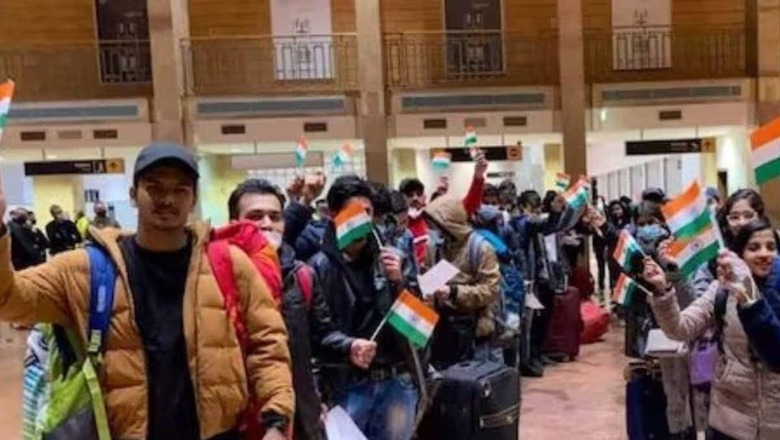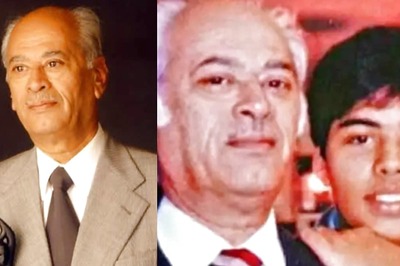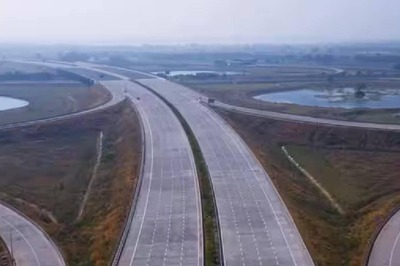
views
As a consequence of a series of developments in 2022, I happened to work on the topic of evacuations that the Indian government under Prime Minister Narendra Modi’s leadership has carried out in the last about ten years. Naturally, the process began with understanding how the situation was since the early years of Indian independence. In the 1960s and 70s, Indians in the African continent found themselves at a strange crossroads. The rise of ultra-nationalism in countries like Uganda led to opposition from Indians who had built their lives in the African nation, often resulting in them being pushed to the borders.
Indians who had built their lives had to leave everything behind to other nations for the protection of their lives. Since they had Indian ancestry, many sought out support from the Indian government. However, as records suggest, instead of lending support, the government of the day derided and denied them perks which they perhaps sought from the country of their origin.
This government apathy had not gotten any better even in the 1990s. What is touted as the biggest airlift during the Gulf Crisis is in fact, a tragic case study of how India had failed its own Indians. This airlift also suggests how one forgets tragedy and tends to remember only heroism. If one looks back to find how the airlift finally evacuated Indians out of the Gulf, one would be filled with utter despair and be grateful for how far we have come.
I’d also argue that even about 15 years ago, the situation of Indians caught in distress abroad was no good. While other global powers like the US, China etc, would evacuate their students quickly, India would crawl. However, whilst little understood in 2014, PM Modi and his government’s response to support Indians caught in distress has in many ways become a hallmark of his governance model. Take the case of evacuating the nurses from the clutches of ISIS. Or, going the extra length and utilising all possible diplomatic and intelligence resources to save Prem Kumar, a Jesuit working in Afghanistan, whom the Taliban kidnapped. Both these cases unfolded in the early years of the Modi administration.
Of course, it was just the start of many other operations that India has organised in the last ten years to evacuate Indians and other nationals as well. A functional practice is to help Indians and whoever we can while we are it. Like assisting Americans, Nepalis etc. during Operation Raahat. Another important overarching principle is that no Indian is left behind.
I was in a conversation with a Polish diplomat who was stationed at the border in the first three months of the Russia-Ukraine War. While he was amazed at what India did, he argued that India had done a remarkable job by organising the repatriation of Indians across the world during the Covid pandemic days (which we called Operation Vande Bharat). Yet, Operation Ganga remains the most clinical and remarkably unique mission of all. When the war began in February 2022, there were about 24000 Indians, mostly medical students caught in the middle of the conflict. About two weeks earlier, US President Joe Biden shared with the NBC host that there was no way America could evacuate its citizens out of Ukraine if the war began.
In contrast, PM Modi initiated an evacuation mission with a two-pronged strategy – to move Indians westward, by land, into the neighbouring countries of Poland, Romania, Slovak Republic and Hungary and; evacuate them by air back to India. To do so, the Modi government utilised a ‘whole-of-government’ and an ‘all-of-society’ approach which means that different ministries of the government worked together, in tandem with other civil society organisations, corporates, societies and clubs working in the region.
Not just the Embassy of India in Kyiv, but Indian embassies in neighbouring nations and many diplomats from across the world (who were mobilised for the operation) pooled together their strengths to accomplish what even two years later amazes the world and observers. In fact, India especially sent two senior officers of the Indian Foreign Service in Delhi to evacuate Indians from Sumy which was on the eastern side of Ukraine and was a war zone at the beginning of March 2022. A Ukrainian businessman had joined the Indian evacuation efforts in those days and had reached Poltava, a little distant from Sumy, which was made a base for evacuations from Sumy. He shared how Indian cars were the only ones driving towards Sumy while everyone was going towards the west and away from Sumy. Uninterrupted intense calls with different stakeholders were going on around March 5, 2022. At a certain point, he says, all officers engaged in the operation failed to find a breakthrough. Important officers in Ukraine stopped picking up calls. But, then, something magical happened.
They got a call from the Indian authorities and a confirmation from both Russian and Ukrainian authorities. PM Modi had spoken to the leadership and brought into effect a break, a hiatus, a stop and an impasse in the Russia-Ukraine War. As a consequence of it, buses arranged by the Indians moved towards Sumy. But more happened. Not just Indians, but people of many other nationalities were moved out of Sumy to safer places, thanks to PM Modi and Indian efforts.
Arjun Singh Kadian is an academic and policy professional based out of offices in Haryana and Delhi. Views expressed in the above piece are personal and solely that of the author. They do not necessarily reflect News18’s views.




















Comments
0 comment